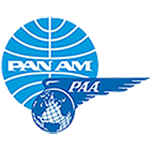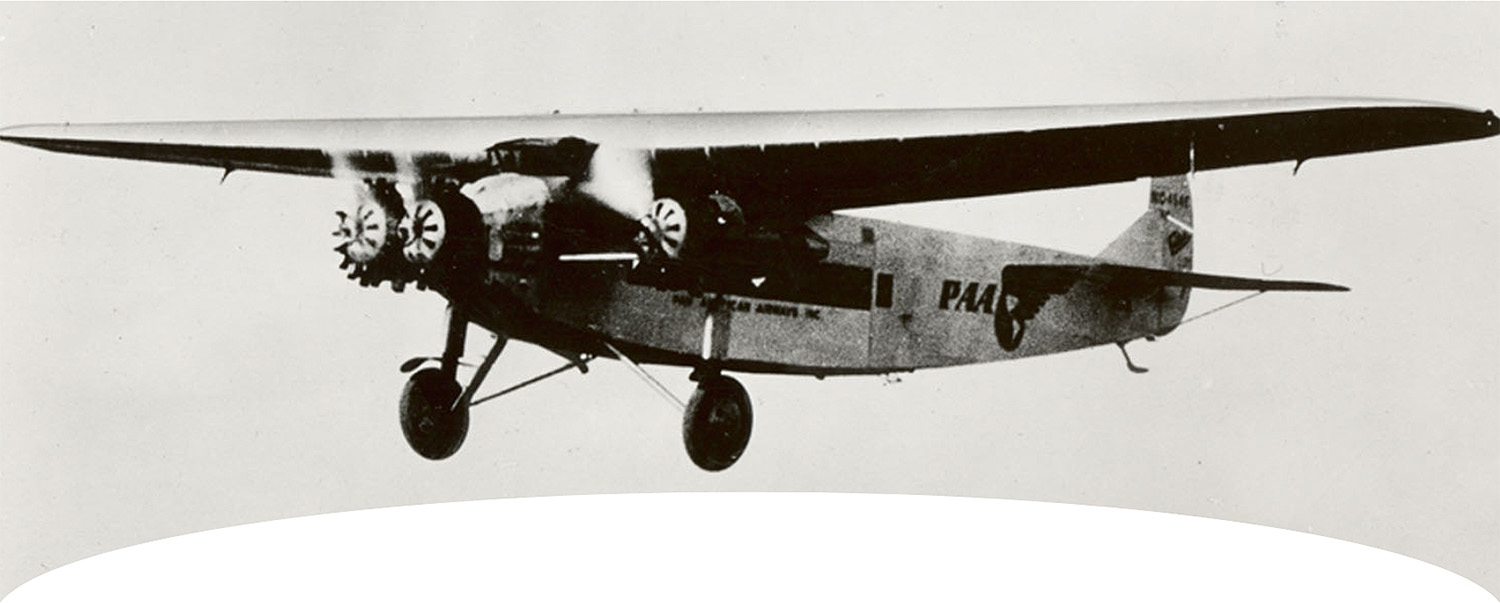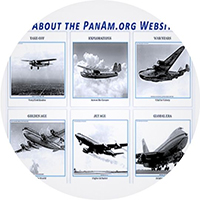ERA | PAN AM TAKE-OFF
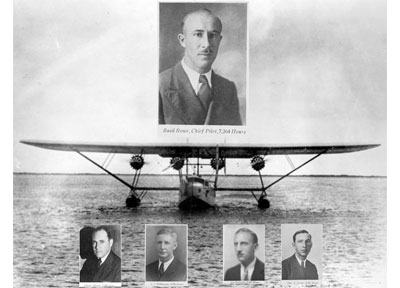
Basil Rowe: A First. Former barnstormer & airline owner chose to “fly by the book,” modeling Pan Am's “progressive” approach to commercial aviation.

Lessons Learned: In the 1927 Dole Race to Hawaii, tragedy provided valuable lessons for the transpacific future of Pan American Airways.

Lindy Gets Pan American Airways Rolling: Lindbergh's Sikorsky S-38 airmail flight from Miami to Cristobal, Panama Canal Zone, in February 1929.

The "Pernambuco," a Sikorsky S-38 flying for New York Rio Buenos Aires (NYRBA) became a Pan Am plane when NYRBA was absorbed by Pan Am.
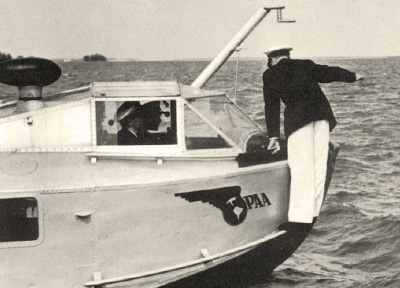
A Flying Boat Christmas: "Delivering the mail took precedence over tradition, so when Christmas coincided with a flight day, someone had to fly."

Keeping the Pan Am story alive falls to a generation of writers born after 1991. This article introduces new perspectives by Jack Seufert.
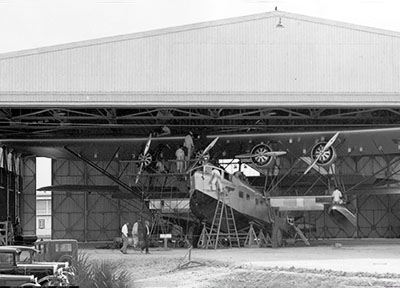
A video history around the beginnings of international aviation in Miami: Pan Am Field's original Hangar Five, circa 1929.
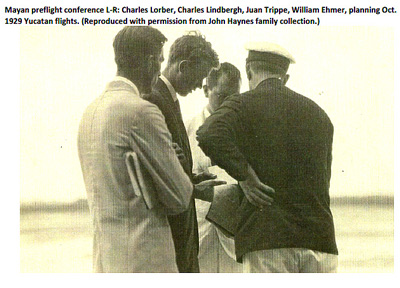
1929, A challenge to archeologists: On PAA's first mail flight over the Yucatan, Lindbergh saw pyramids jutting through dense, unmapped jungles PDF.
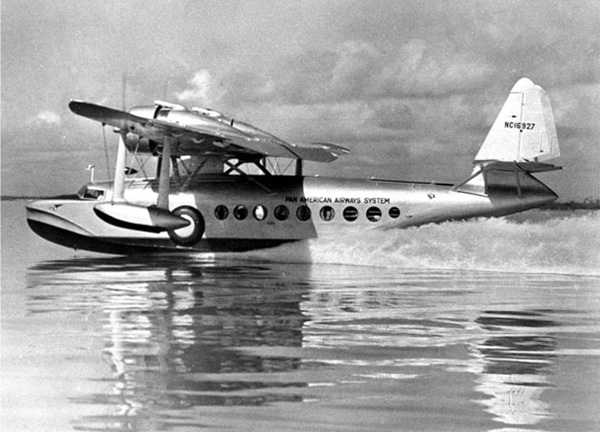
A View from Ketchikan: Pacific Alaska Airways, subsidiary of Pan American Airways, based on an article by Dave Kiffer (2006).
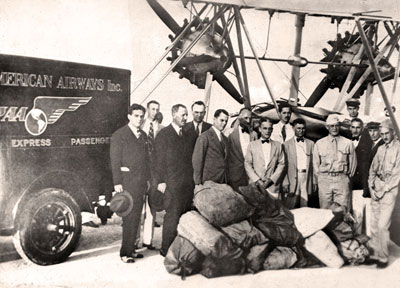
Pan American Airways inaugurated “express” shipping by air. It began in Latin America and expanded in 1936 to include Pan Am's flights across the Pacific.
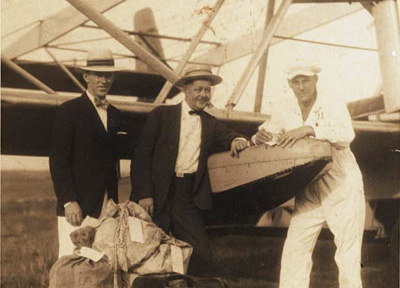
Capt. Frank E. Ormsbee, pilot of Pan American Airways' 1930s flying boats & land planes, pioneered air routes in the Caribbean & South America.
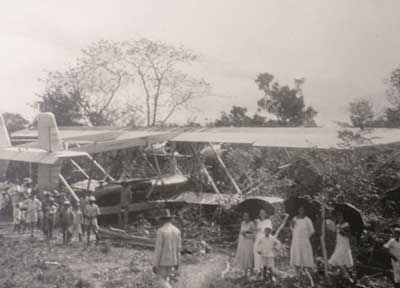
April 1931, the story of PAA Radio Operator, Hans Frederick “Fred” Due, who worked on the expedition into Brazil’s western frontier, Matto Grosso.
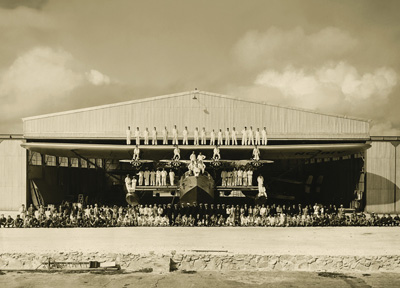
Pan Am's very first named Clipper, Sikorsky S-40 flying boat "American Clipper," shows Pan Am seaplane base personnel at Dinner Key, Miami, 1931.
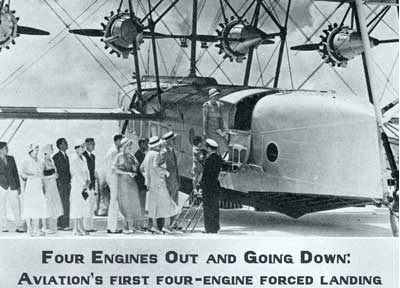
Four Engines Out and Going Down: Aviation’s first forced landing, PAA's Sikorsky S-40 Caribbean Clipper piloted by Stanley J. “Red” Williamson.
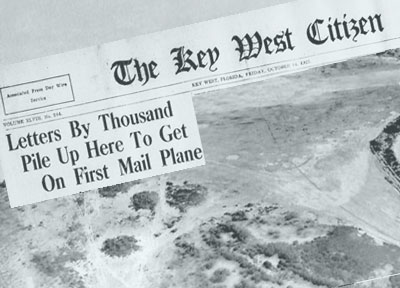
Pan Am’s Cornerstone Moment: October 28, 1927, the day that was the true start of Pan American Airways, as a scheduled airline.
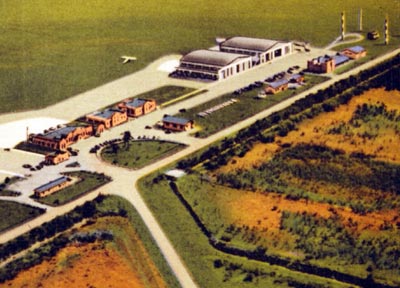
Pan Am's Base at Brownsville, during the early years. Gateway to Mexico and laboratory for instrument flying techniques.

Influential figures in the Pan Am's incorporation March 14, 1927: Investors and military officers who had concerns for the safety of the Panama Canal.
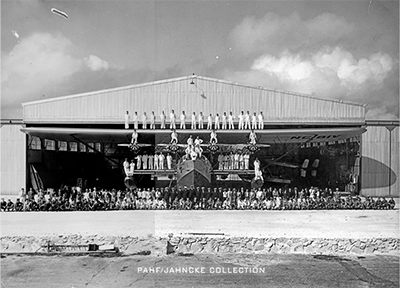
Pan Am in 1933: The "90 Years Ago" series by Eric Hobson with month-by-month stories of Pan Am's formative work, its people, aircraft & far-flung destinations.
